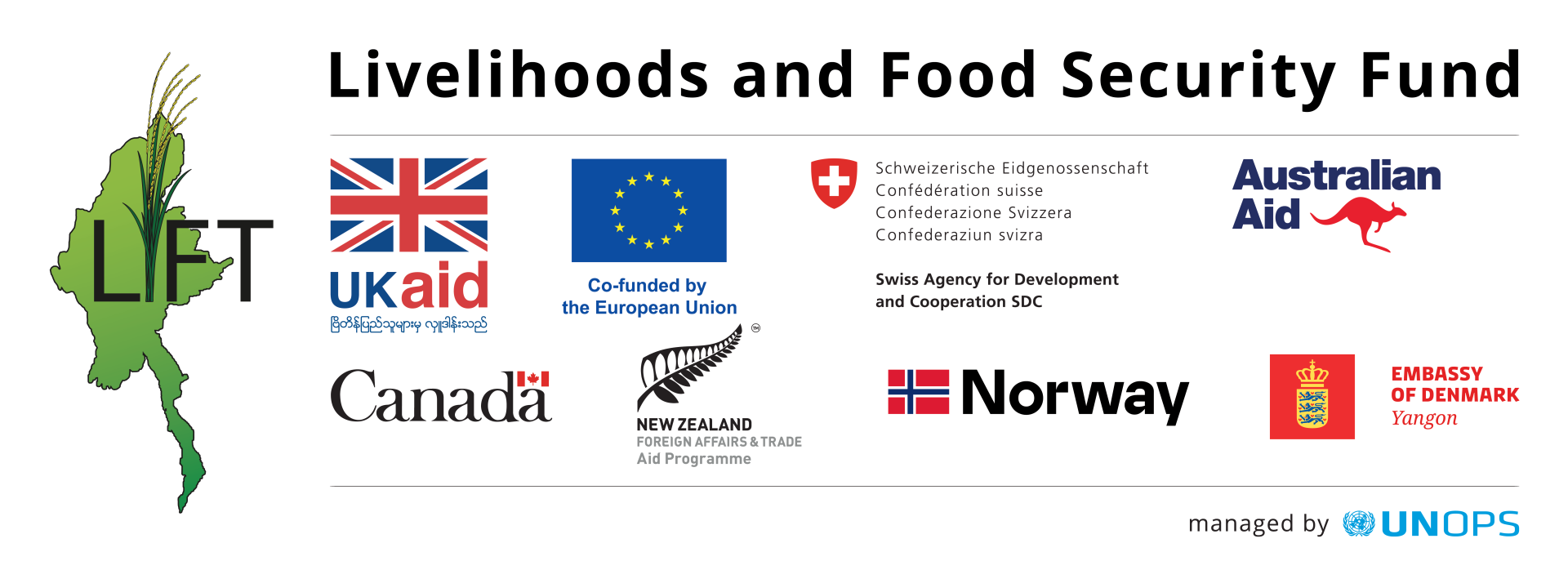
Farmers plough fields in Kachin State’s Mogaung township last week.
Original Article Available at :
By Ei Ei Toe Lwin
Volume 32, No. 635
July 16 - 22, 2012
FARMERS in parts of Kachin State say they have stopped cultivating most of their fields because of the conflict between Tatmadaw and Kachin Independence Army forces.
Fighting broke out in June 2011 following the breakdown of a 17-year ceasefire. Despite several rounds of peace talks, a ceasefire has still not been reached.
While most communities live on higher ground, their farmland is usually situated in valleys. They say they are afraid to leave their villages to travel to the fields because of the instability and likelihood of fighting.
“Most of the villagers owned cattle and buffalos for farming before the outbreak of the fighting but they lost these during the conflict. Animals were stolen and died due to disease. Farmers are also scared to visit their farms because of the potential that fighting will start. Last year, farmers can look after their fields but this year the situation is getting worse,” said U Kyaw Myaing, village tract administrator for Mahaung village in Mogaung township.
“This year
I think only 10 farmers in our village are working. They do kyaban (daily labouring),” he said
Villagers said the Warkyit and Pantaung areas of Mogaung township are fertile farming areas and normally produce 70 basket an acre (one basket equals about 46 pounds or 20.7 kilograms) with only a small amount of fertiliser. Until recently, farmers from other villages would come and farm this land but in 2012 many of the fields are unused.
“I own 32 acres in Warkyit and we farmed 16 acres there last year but I couldn’t do anything there this year because it’s too dangerous,” said Daw Kaw Jar from Mahaung village. “My buffalos were stolen and I could not afford to replace them. It also costs a lot to rent them from other people. Now I got some buffalos from the [Livelihoods and Food Security Trust Fund] project so I’m cultivating a few acres near my village.”
Ko Htoo Aung, teacher at a farmer field school in Sarmaw village, Mogaung township, said the fighting was not consistent but had interrupted the lives .
“The battle is not always happening but residents are afraid of both sides. They do not want to invest in farming because if the fighting starts they’ll have to run away and leave everything behind. Everybody just wants the fighting to stop,” he said, adding that about 80 percent of households in Sarmaw had stopped farming completely this year.
Those that continued farming are facing additional challenges as a result of the conflict. Inputs and transportation have become more expensive, while demand and prices have dropped, partly because exports to China via Laiza have stopped.
“Market demand has dropped and transportation and labour costs are higher. Farmers are depressed because the paddy price is K3000 a basket this year and they can’t get any profit – they might even lose money,” said U Kyi Soe, a rice trader based in Mogaung township.
Daw Bauk Jar, a land rights activist and member of the National Democratic Force, said the conflict had affected almost everyone in the state, not only those displaced by the fighting.
Rural residents told The Myanmar Times they were just hoping for an end to hostilities so that they could live in a stable political and economic environment.
“We are definitely facing more difficulties than last year,” said U Kyaw Myaing from Mahaung. “Our income has decreased because we can’t do our normal business. We think that we can only return to normal after we get peace.”


